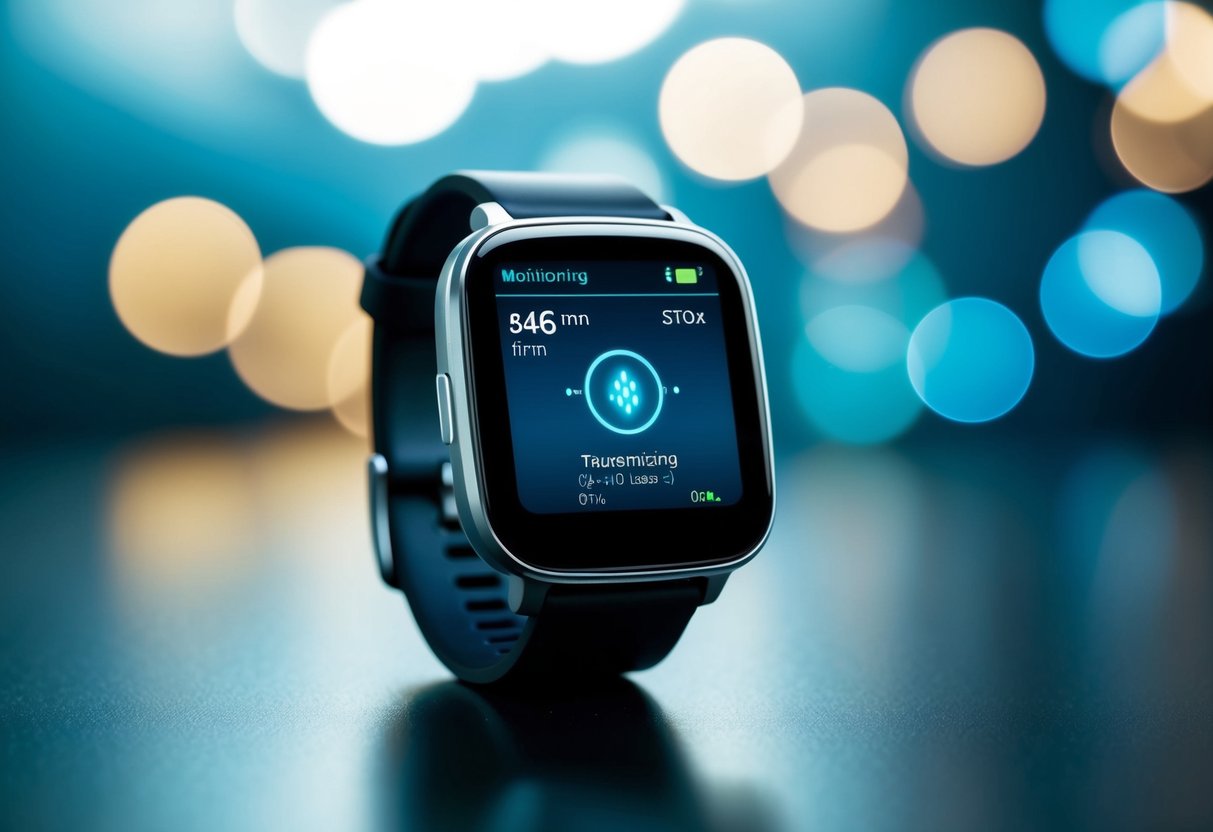
Evidence-Based Outcomes and Cost-Effectiveness
Recent advancements in remote patient monitoring (RPM) not only offer promise but are supported by data demonstrating improved patient health and cost savings. These technologies are reshaping the healthcare system by providing clear benefits in terms of clinical outcomes and economic efficiency.
Analyzing RPM Technology Impact
Recent studies highlight the significant role of evidence-based RPM technologies in enhancing patient outcomes. These technologies allow for continuous monitoring, leading to timely interventions and reducing the need for emergency services. Patients with chronic conditions benefit from real-time data, which facilitates better management and adherence to treatment plans. This proactive approach results in fewer hospital readmissions and enhances the quality of life. The use of RPM also provides practitioners with vital information, enabling personalized care and more informed decision-making.
Economic Analysis and Healthcare Efficiency
In terms of cost-effectiveness, RPM technologies have shown a strong potential to reduce healthcare expenses. By minimizing unnecessary hospital visits and optimizing resource allocation, healthcare systems become more efficient. Implementing RPM can lower operational costs and improve service delivery by ensuring timely medical interventions. Additionally, these technologies support a shift to value-based care, where outcomes are prioritized over service volume. Cost savings are further realized through improved chronic disease management, reducing the financial burden on both healthcare providers and patients.
Future Perspectives in Remote Health Monitoring
Remote health monitoring is poised to transform healthcare through technological innovation and broader implementation, extending beyond pandemic-driven necessities. Key developments in digital health tools and adaptations in virtual care are set to enhance public health outcomes and accessibility.
Innovation and Future Technologies
Emerging technologies are reshaping remote health monitoring by enhancing precision and user experience. Wearable devices with advanced sensors can now track vital signs like heart rate, blood pressure, and glucose levels with greater accuracy. These devices often integrate with AI-driven analytics to provide real-time insights and predictive health alerts.
Telehealth platforms are improving with better interoperability, allowing seamless communication among healthcare providers and patients across different geographies. This includes the integration of augmented reality for virtual consultations, which expands diagnostic capabilities remotely.
These innovations not only improve monitoring but also play a significant role in making healthcare more proactive and personalized. They further promise to reduce costs and increase the efficiency of healthcare delivery systems worldwide.
Scaling Virtual Care Beyond the Pandemic
The expansion of virtual care beyond pandemic times is crucial for addressing healthcare disparities. Scalability hinges on adapting medical licensing to allow practitioners to operate across regions without added bureaucratic hurdles. Governments and healthcare organizations are pushing for cross-border licensing agreements to facilitate this change.
Increasing public health initiatives are also seen, where telehealth expansion is made a priority to cater to underserved communities. Improvement in broadband infrastructure is pivotal, ensuring access to digital technologies for all.
Training healthcare workers in specialized telehealth skills builds capacity for providing quality remote care. A concerted effort in this direction will help sustain momentum gained during the pandemic, ultimately fostering a more inclusive healthcare environment.